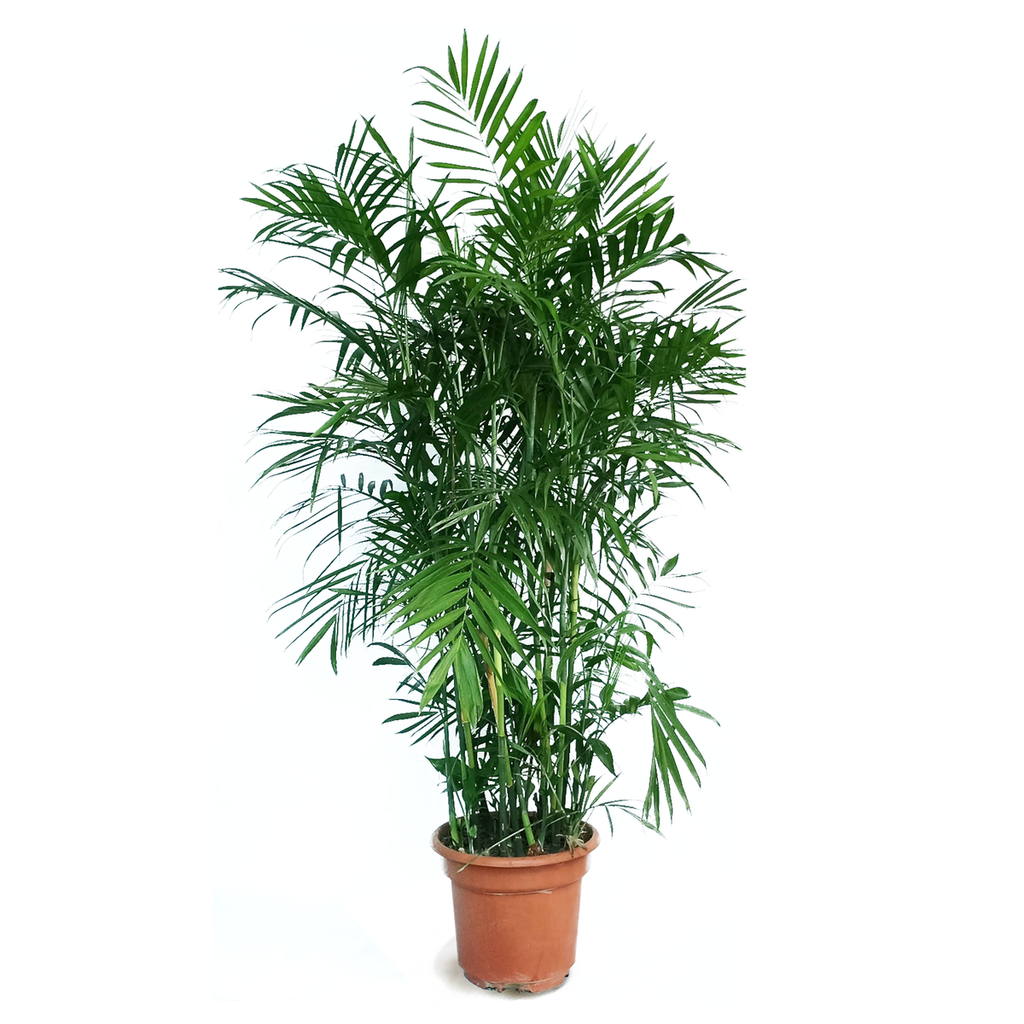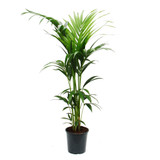
Palm Trees
The Palm Plant
Assorted sizes and styles
- Adonidia Palm 3 trunks 14" $300
- Adonidia Palm 17" $550
- Areca Palm 10" $100
- Areca Palm 12" $195
- Areca Palm 14" $225
- Bamboo Palm 10" $100
- Bamboo Palm 14" $235
- Cat Palm Chamaedorea cataractarum 10" $80
- Cat Palm Chamaedorea cataractarum 12" $155
- Cat Palm Chamaedorea cataractarum 14" $225
- Chinese Fan Palm 10" $100
- Chinese Fan Palm 14" $235
- Coconut Palm 6" $55
- Madagascar Palm 4" $15
- Rhapis Lady Palm 10" $175
We have food for your Palm: Espoma Palm-tone
The palm branch is a symbol of victory, triumph, peace and eternal life.
Fossils of the palm have been found dating back to almost 50-70 million years!
Here in the northeast, Palms are grown as houseplants.
In the warm summer months, it's ok to place your Palm outside for the day, on your back porch, deck, front stoop in the UWS or Brooklyn or The Bronx or wherever you reside!
But remember - no direct bright light!
Like all plants, palms need the right balance of moisture, light, fertilizer and warmth to thrive.
This varies among the different kinds of palms, so if you're unsure about your specific palm, look up its unique growing conditions.
However, here are some of the fundamentals:
Few palms will thrive in colder temperatures, and some, like the Coconut Palm, can't tolerate any cold at all.
The more cold-hardy palms include the parlor and kentia palms, which partly explains why these are the most popular indoor palms.
These palms prefer nights down to 50ºF.
Most palms are much more tolerant of shade than you might think.
Again, the parlor and kentia palms prefer partial shade and will suffer in direct sun.
Only repot when the palm is completely pot bound.
Palms often have shallow root systems, and they don't appreciate being disturbed.
Also, infrequent repotting slows the growth rate of palms that might rapidly outgrow your room.
Good drainage is essential.
Just because palms live in warm, sometimes tropical regions does not mean they are water plants.
In fact, many palms grow best in slightly sandy soil with perfect drainage.
Never let the root ball of a palm sit in water.
Feed your palm regularly during the growing season.
If possible, use a palm fertilizer, which will contain all the micronutrients and extra potassium and manganese your palm craves.
Potassium deficiency is especially common in palms, it shows up in yellowing or brownish fronds.
Trim your palm carefully.
The temptation is hard to resist, but many species of palms draw nutrients from old fronds long after they've begun to yellow or even brown.
It's a very common mistake to over-prune palm trees, which weakens the overall plant and robs it of valuable nutrients.
In general, remove fully browned leaves, and never cut your palm down to just one or two new fronds.
How to best display your palm depends on its size and location.
They are perfect as corner-specimen plants or foyer plants.
Likewise, palms do very well in groups, with smaller potted plants clustered at their base.
Wherever you put your palm, try to avoid too much traffic brushing against or pulling on the fronds - this will weaken the plant and possibly kill that frond.
Finally, don't expect your palm to flower indoors.
Many of the common species won't live long enough to flower or reach mature size.
Remember, some of these are full-fledged trees in the wild.
Others just won't bloom indoors.
But don't worry - the lack of flowers is more than offset by the plant itself.
We do not warranty or guarantee any living plant. No returns or exchanges on live plants. All sales are final on live plants.
For more information please see our Terms and Conditions


























